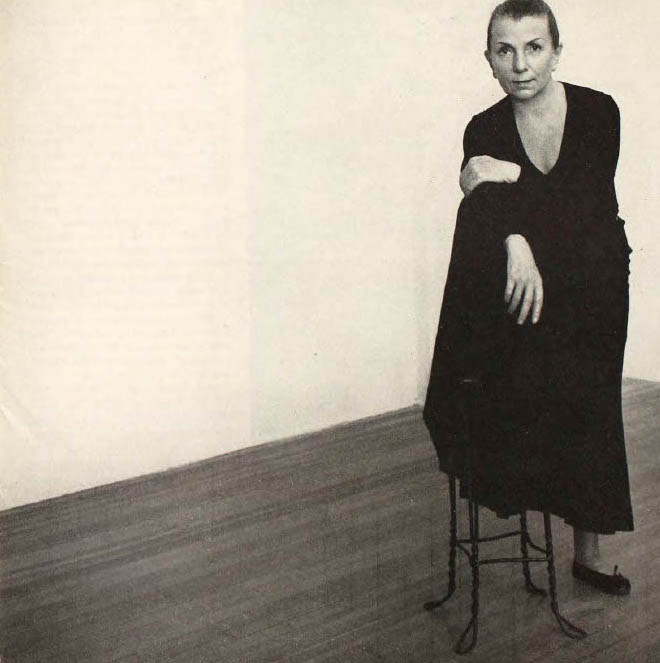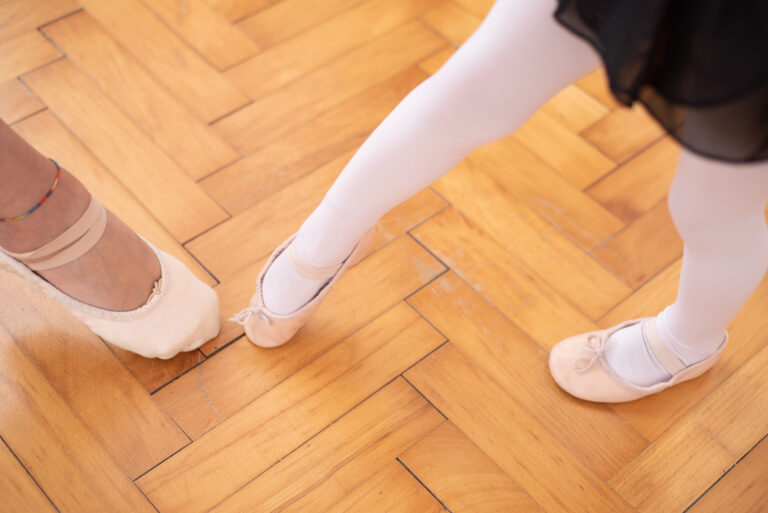
For serious dance students, puberty can seem frightening. Their bodies are changing, which means that the instrument they have grown accustomed to using may suddenly feel out of tune. Maybe they’re lankier and feel clumsier or weaker, maybe they’re rounder or developing in some places before others. There’s not a whole lot of predictability.
What is predictable, however, is our children’s perception of how culture—and dance culture specifically—places value on certain body types. It’s no secret that dancers are fit and need to fuel their bodies with the best food possible. Yet we also know that eating disorders begin early—children as young as 5 are being diagnosed, according to the National Eating Disorders Association. So how can parents best support growing dancers? Dance Teacher asked a pediatrician and a nutritionist for some advice.
Don’t wait until puberty to talk about puberty.
Help your dancer to understand that their body will change, and that the change is ongoing—and completely normal. Boys tend to grow taller before gaining weight, says Dr. Elizabeth Wallis, a pediatrician at the Medical University of South Carolina who specializes in eating disorders. “On the other hand, girls, who begin to develop breasts and may carry more tissue on their hips, thighs and stomachs, will often gain a little bit of weight before they gain height. The sudden changes can be really distressing for some. Others may get stuck on comparing their bodies to their prepubertal self.”
For sports nutritionist Heidi Skolnik, who has worked with dancers at the School of American Ballet since 1998, parents can help celebrate these changes. “How wonderful it is that our bodies change,” she says. “That’s maturity! Let your kids know you have confidence that they will continue to be beautiful dancers and that they can continue to train, work hard and eat, just as they always have. Our bodies know how to grow and support us all on their own.”
Help your children build food and eating competency.
“Just as you want your children to be critical thinkers and self-sufficient in many ways, you want them to do the same surrounding food and eating,” says Skolnik. “Whoever is making the food can determine what food is being eaten—but then it’s up to your dancer to pick from that food and decide the right amount for them.”
Dancers need enough fuel for their training schedules—you can help pack snacks for in-between rehearsals and have food available that will help support your dancer’s challenging schedule. But ultimately, “it’s important to give them the choice to know what’s right for their own body and for them to learn when they are hungry or not hungry, or if they do or don’t like something,” Skolnik says.
Avoid commenting on your child’s food intake as much as you can—it’s up to them to decide when they’re full. Even a well-meaning “Gosh you ate a lot” or “Wow, you must have been hungry” can trigger a child into second-guessing themselves. “Kids who are so active—like dancers—have high caloric needs, and simply going through puberty requires higher calories, too,” says Wallis. “So even if your statement was meant as a positive, your child might wonder if they’re eating too much just from the comment.”
Don’t restrict or moralize foods.
Yes, some food is more nutritious than others. But rigid food rules and small portioning can be detrimental. “We don’t want to talk about good foods and bad foods. I’m not saying it’s OK to only eat chocolate chip cookies,” says Skolnik. “But what research tells us is that when we have one or two cookies today and know that we can have another tomorrow, we don’t feel like we need to eat the entire bag of cookies now.” Language matters: Dancers, she says, need to eat and train—they do not need to diet and exercise.
In daily conversation, normalize that bodies are many different shapes and sizes, including amongst dancers. “Having strength and fitness are more important than a number on a scale or what a certain body type looks like,” says Wallis. “There are so many factors that go into a body’s shape or size, and there is only so much control that we have over that.” As adults, she continues, “we’re used to talking about not eating sugar or losing 10 pounds. But the more that we talk about fueling our bodies so that they’re strong and can do lots of things, the better in terms of instilling body positivity. And this can start way before puberty.”
Be a role model.
While kids internalize language surrounding food, weight and dieting, they also internalize what isn’t said. Wallis says it isn’t necessary to talk about food and body image ad nauseum—but as parents, we need to be mindful of our actions. “Even if you never talk about your body, but you subsist on carrots and green peppers alone, your child is getting that message,” she says.
Know the real red flags.
“One major misconception about disordered eating is that someone will be a certain weight or look to be a certain size,” says Wallis. “And the truth is that roughly 60 percent of kids with eating disorders still fall into a ‘normal’ weight.” She advises parents who are concerned their child may have unhealthy eating habits to look for dramatic shifts—cutting out snacks, dropping food groups, or being extremely particular—as well as irritability and anxiousness.
Skolnik says it never hurts to have a conversation with your dancer, without being accusatory. “You might ask how they are feeling, if they’re sleeping well, or they might want to meet with a dietitian who can help make sure they’re staying well fueled and have the energy to dance and stay strong,” she advises.
Overall, Wallis says to trust your instincts: “You know your child better than anybody. If something seems off, or if something has really changed—if they’re not as happy, exercising more, disappearing into the bathroom after meals, have a conversation with your pediatrician. Don’t wait.”




